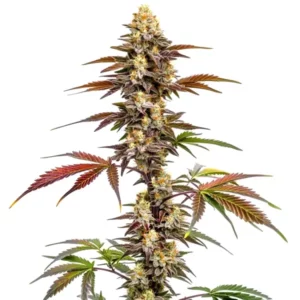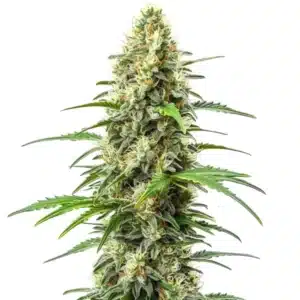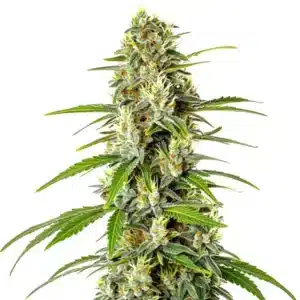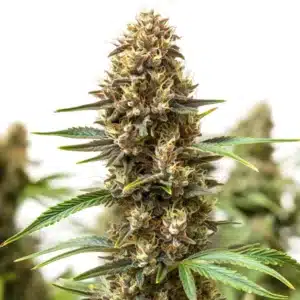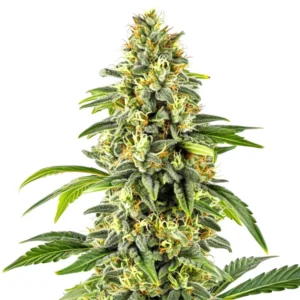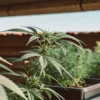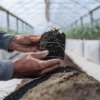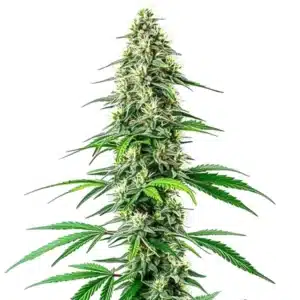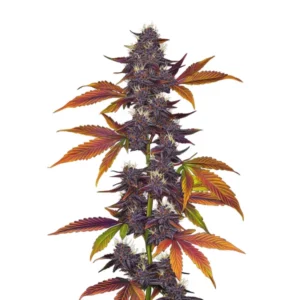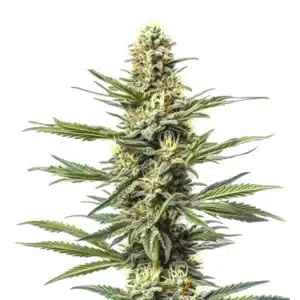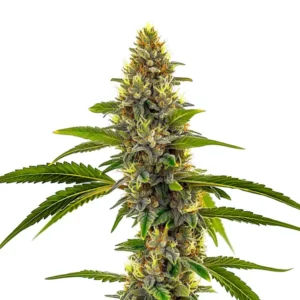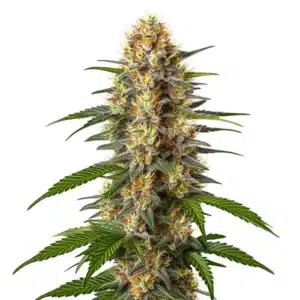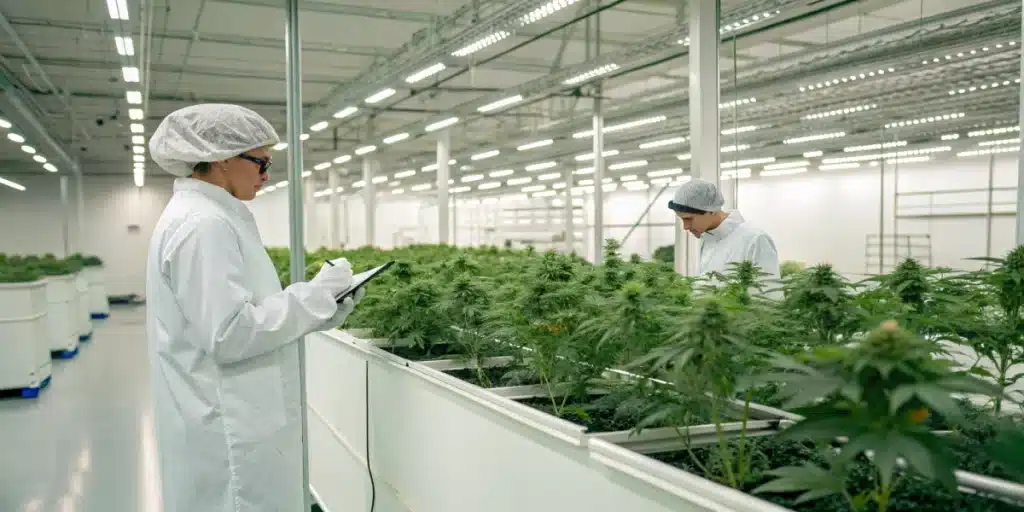
How to Breed High-CBD Cannabis Strains: A Step-by-Step Guide for Growers
Basics of Breeding High-CBD Cannabis Strains
Breeding high-CBD cannabis strains begins with a fundamental realizing of genetics. Cannabis plants exhibit a diverse range of genetic traits, affecting everything from growth patterns to cannabinoid profiles. High-CBD strains contain specific genetic markers that promote elevated levels of cannabidiol. To effectively breed these strains, growers must familiarize themselves with the genetic traits associated with high-CBD content. This involves exploring cannabis lineage and selecting parents that exhibit the desired traits.
Genetic testing is a powerful tool for identifying high-CBD genetics. By analyzing the cannabinoid profile of parent plants, growers can select those with the highest CBD concentrations. Furthermore, understanding dominant and recessive traits allows for more precise breeding efforts. By focusing on key genetic markers, cultivators can streamline the process of developing high-CBD strains.
Recommended Strains
CBD Mango (1:1)
|
|
CBD | 8% – 10% (Low) |
|
|
Type | CBD Feminized |
|
|
Yield | High |
|
|
Phenotype | 40% Indica / 60% Sativa |
Critical x Somango
|
|
THC | 16% - 20% (Medium) |
|
|
Type | Feminized |
|
|
Yield | High |
|
|
Phenotype | 60% Indica / 40% Sativa |
The Importance of CBD to THC Ratios
The balance between CBD and THC is a pivotal factor in breeding high-CBD cannabis strains. Different ratios of these cannabinoids can significantly influence the plant’s effects and therapeutic potential. Strains with higher CBD levels and lower THC content are often sought after for medicinal purposes, as they provide relief without the psychoactive effects associated with THC.
When breeding, it’s essential to consider not only the absolute levels of CBD and THC but also the ratio between them. For example, a 20:1 CBD to THC ratio may be ideal for patients seeking therapeutic benefits without intoxication. This ratio can guide the selection of parental lines and help in the stabilization process. By paying close attention to these ratios, growers can create strains that cater to specific consumer needs and preferences.
Promos & Deals
Selecting Parental Lines for High-CBD Strains
Identifying Suitable High-CBD Genetics
The selection of parental lines is a critical step in breeding high-CBD cannabis strains. Start by identifying existing strains known for their high CBD content. Popular choices include strains like Harlequin, ACDC, and Cannatonic, which have established reputations for their therapeutic properties. However, don’t limit yourself to well-known varieties; lesser-known genetics can also surprise you with their potential.
When assessing potential parental lines, consider factors such as growth characteristics, yield, and disease resistance. A strain that grows vigorously but produces little CBD is not an ideal candidate. On the other hand, a high-CBD strain that is prone to pests or diseases may pose challenges down the line. Comprehensive research and a keen eye for detail can help you compile a list of suitable candidates for your breeding program.
Techniques for Screening and Testing
Once suitable parental lines are identified, the next step involves screening and testing these genetics for their cannabinoid profiles. Tissue culture techniques and cannabinoid testing kits can provide valuable insights into the CBD and THC levels of potential parent plants. By conducting these tests before initiating the breeding process, growers can avoid wasting time and resources on plants that do not meet their CBD criteria.
Additionally, phenotypic screening is a vital technique for assessing the physical traits of plants. Observe characteristics such as leaf shape, flowering time, and overall vigor. This information can guide your decisions regarding which plants to breed together. Combining rigorous testing with careful observation will set the foundation for a successful breeding program focused on high-CBD strains.
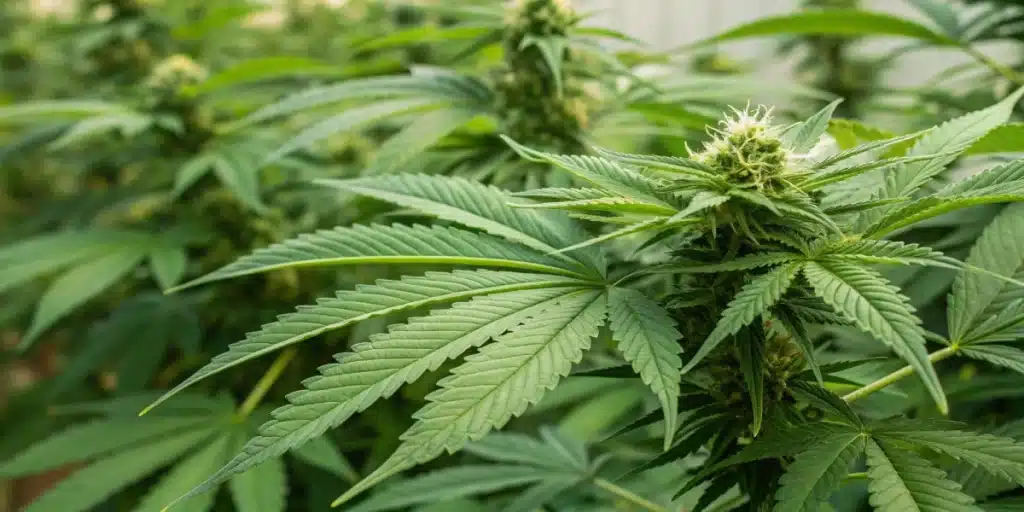
Breeding Techniques and Strategies
Crossbreeding and Stabilization Methods
Crossbreeding is a fundamental technique in developing high-CBD cannabis strains. This process involves mating two different cannabis plants to combine their genetic traits. To achieve a high-CBD strain, select one parent with known high-CBD genetics and another that complements its characteristics. Once the plants are crossbred, the resulting seeds will exhibit a mix of traits from both parents.
Stabilization is another key aspect of breeding high-CBD strains. This involves growing out multiple generations of the hybrid offspring and selecting the best candidates for CBD production. Through selective breeding, you can reinforce the desirable traits while reducing the variability in cannabinoid profiles. This process may take several generations, but it is essential for achieving consistent results.
Environmental Factors for CBD Expression
Environmental factors play a significant role in the expression of CBD in cannabis plants. Light exposure, temperature, humidity, and soil conditions all influence cannabinoid production. For optimal CBD levels, consider using full-spectrum lighting that mimics natural sunlight, as this can enhance the plant’s growth and cannabinoid profile.
Temperature also affects CBD synthesis; plants thrive in a stable environment with moderate temperatures. Extreme heat or cold can stress the plants, potentially leading to lower CBD yields. Additionally, maintaining appropriate humidity levels can prevent mold and pests, allowing the plants to reach their full potential. By controlling these environmental variables, growers can create an ideal setting for high-CBD cannabis strains to flourish.
Cultivation Practices for High-CBD Strains
Nutrient Management and Light Exposure
Proper nutrient management is essential for cultivating high-CBD cannabis strains. Nutrients play a crucial role in plant health, growth, and cannabinoid production. A balanced nutrient regimen tailored to the specific growth stage of the plant can promote vigorous growth and optimal CBD levels.
When it comes to light exposure, ensure that your high-CBD cannabis plants receive adequate light throughout their lifecycle. During the vegetative stage, plants require more blue light to promote leafy growth. As they transition to the flowering stage, a shift to red light can enhance bud development and cannabinoid production. By adjusting light exposure according to the growth phase, cultivators can maximize the potential for high CBD yields.
Monitoring Growth and Cannabinoid Levels
Monitoring growth and cannabinoid levels is an ongoing process in the cultivation of high-CBD strains. Regularly assess the plants for signs of nutrient deficiencies, pests, or diseases. A proactive approach to plant health can prevent issues that may hinder CBD production.
Cannabinoid testing is also vital for tracking the progress of your high-CBD strains. Utilizing lab services for cannabinoid analysis can provide insights into the CBD and THC levels at various growth stages. This data can inform your cultivation practices and allow you to make adjustments as needed. By staying vigilant and informed, growers can ensure that their high-CBD cannabis strains are on track for success.
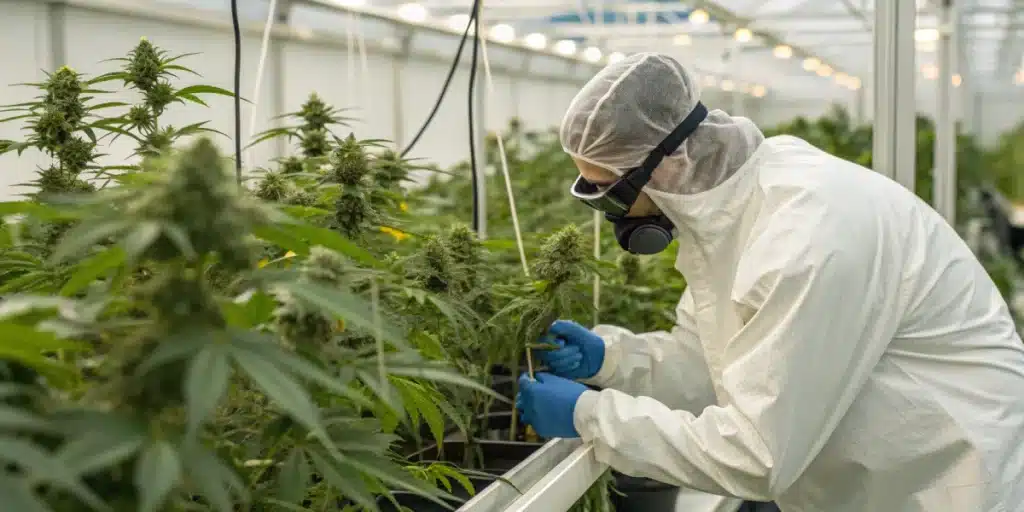
FAQs about How to Breed High-CBD Cannabis Strains
What are the best methods for breeding high-CBD strains?
The best methods for breeding high-CBD strains involve crossbreeding high-CBD parent lines and employing stabilization techniques to reinforce desired traits. Genetic testing and phenotypic screening are also essential for selecting the best candidates.
How long does it take to stabilize a high-CBD strain?
Stabilizing a high-CBD strain typically takes several generations of selective breeding, often ranging from 3 to 5 years. The exact timeline may vary depending on the genetic diversity of the parent plants and the desired traits.
Can high-CBD strains be bred with high-THC varieties?
Yes, high-CBD strains can be bred with high-THC varieties to create hybrids that exhibit varying cannabinoid profiles. This practice can yield unique strains that appeal to a broader range of consumers, but careful attention must be paid to the resulting CBD to THC ratios.


